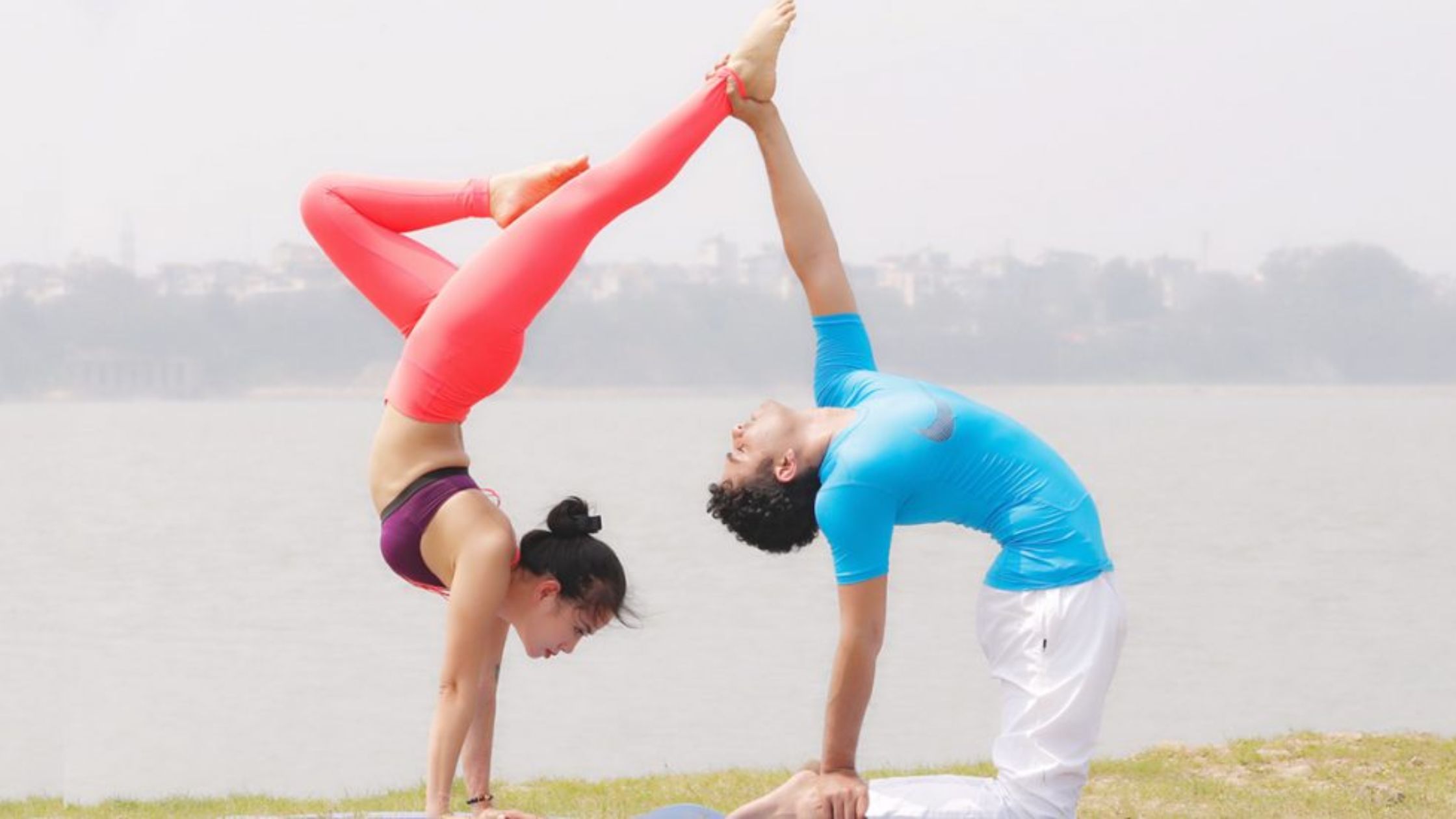In today's fast-paced environment, maintaining a healthy balance of flexibility and strength is considered critical for general well-being. Yoga, an ancient Indian practice, provides a holistic approach to gaining yoga for flexibility and strength. Beyond its physical advantages, yoga fosters inner tranquility, stress reduction, and mental clarity. This post will discuss how adding yoga to your exercise regimen can improve strength and flexibility.
The Foundations of Yoga:
Yoga is a multifaceted discipline that combines physical postures (asanas), breath control (pranayama), meditation, and ethical principles for a comprehensive approach to health. The focus on balance and harmony makes it an ideal practice for cultivating flexibility and strength simultaneously.
Yoga for Flexibility:
Dynamic Stretching:
Many yoga poses involve dynamic stretching, where the muscles are actively engaged and stretched through a range of motion. Poses like Downward-Facing Dog, Forward Fold, and Warrior sequences gently elongate the muscles, improving flexibility over time.
Static Stretching:
Holding poses for an extended period enhances flexibility by allowing the muscles to relax and lengthen. Poses such as the Cobra, Pigeon, and Butterfly are excellent for targeting specific muscle groups and increasing overall flexibility.
Focus on Breath:
The emphasis on conscious breathing in yoga helps release tension in the body, allowing for a deeper stretch. Coordinating breath with movement encourages a mindful approach to stretching, promoting flexibility without strain.
Yoga for Strength:
Weight-Bearing Poses:
Many yoga poses require the practitioner to support their body weight, building strength in various muscle groups. Poses like Plank, Chaturanga, and Chair pose are effective for developing upper body and core strength.
Balancing Poses:
Balancing poses in yoga, such as Tree Pose and Warrior III, challenge stability and engage muscles throughout the body. The continuous effort to stay balanced strengthens the core, legs, and stabilizing muscles.
Power Yoga:
Power yoga, a more vigorous and dynamic form of yoga, incorporates strength-building elements. This style of yoga includes a series of fast-paced poses that elevate the heart rate, promoting both flexibility and cardiovascular fitness.
The Mind-Body Connection:
Yoga is not just about physical postures; it also emphasizes the connection between the mind and body. By fostering mindfulness and awareness, yoga encourages practitioners to listen to their bodies, promoting a healthy balance between pushing boundaries and avoiding injury.
Incorporating Yoga into Your Routine:
Consistency is Key:
To experience the benefits of yoga for flexibility and strength, consistency is crucial. Aim for at least 2-3 sessions per week to see noticeable improvements.
Start Slow:
Start with beginner-friendly positions and progressively progress to more harder ones for people new to yoga. Take attention to your body and avoid pushing yourself too hard.
Combine Yoga with Other Forms of Exercise:
While yoga offers a holistic approach, combining it with other forms of exercise, such as cardiovascular activities and resistance training, can provide a well-rounded fitness routine.
Conclusion:
Online Yoga Classes effect stems from its capacity to cultivate both flexibility and strength, providing a balanced and long-term approach to fitness. As you begin your yoga journey, accept the link between your mind and body and reap the many advantages that go well beyond your physical health. The journey to strength and flexibility starts with the first breath and develops with each deliberate movement, regardless of experience level of yoga practitioners.





